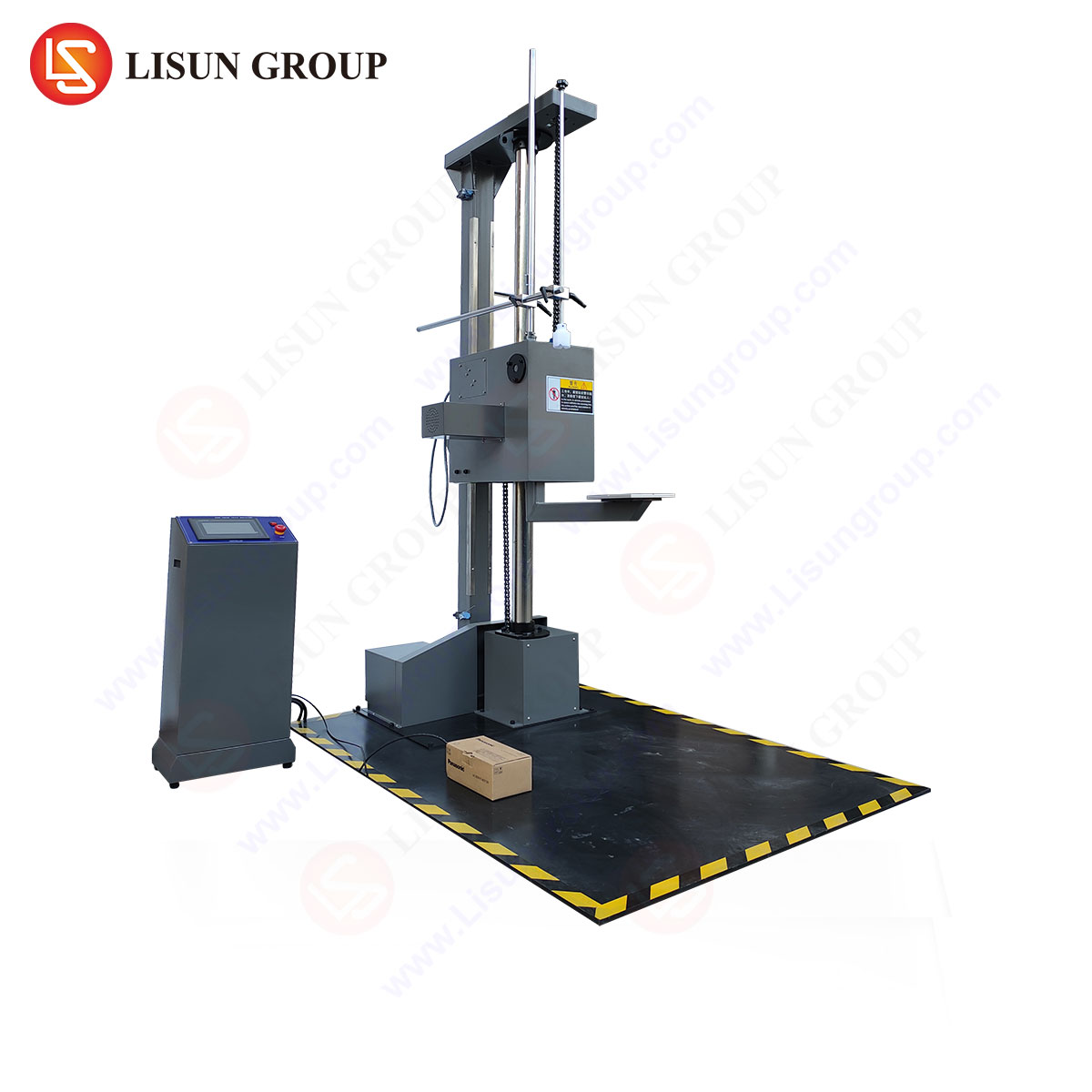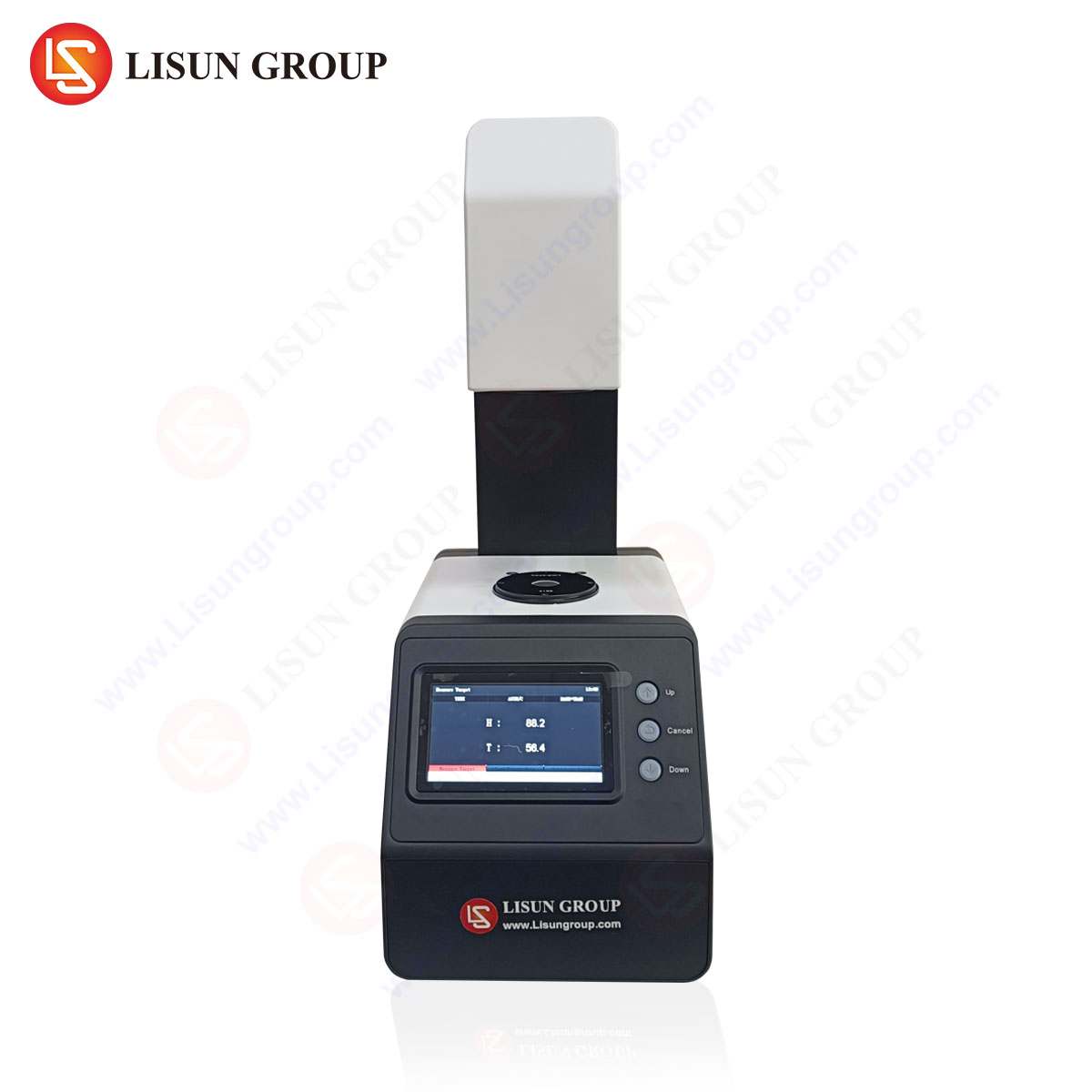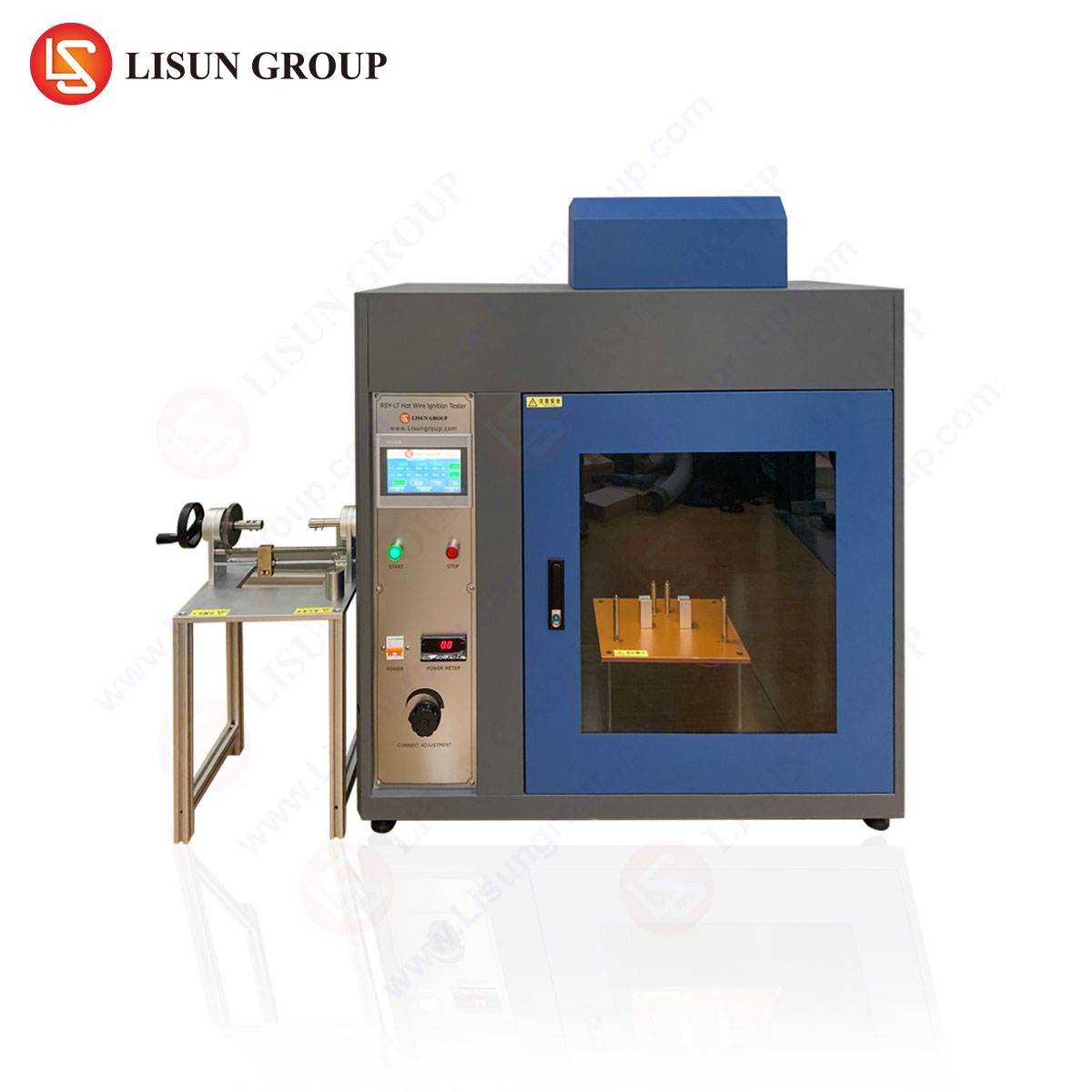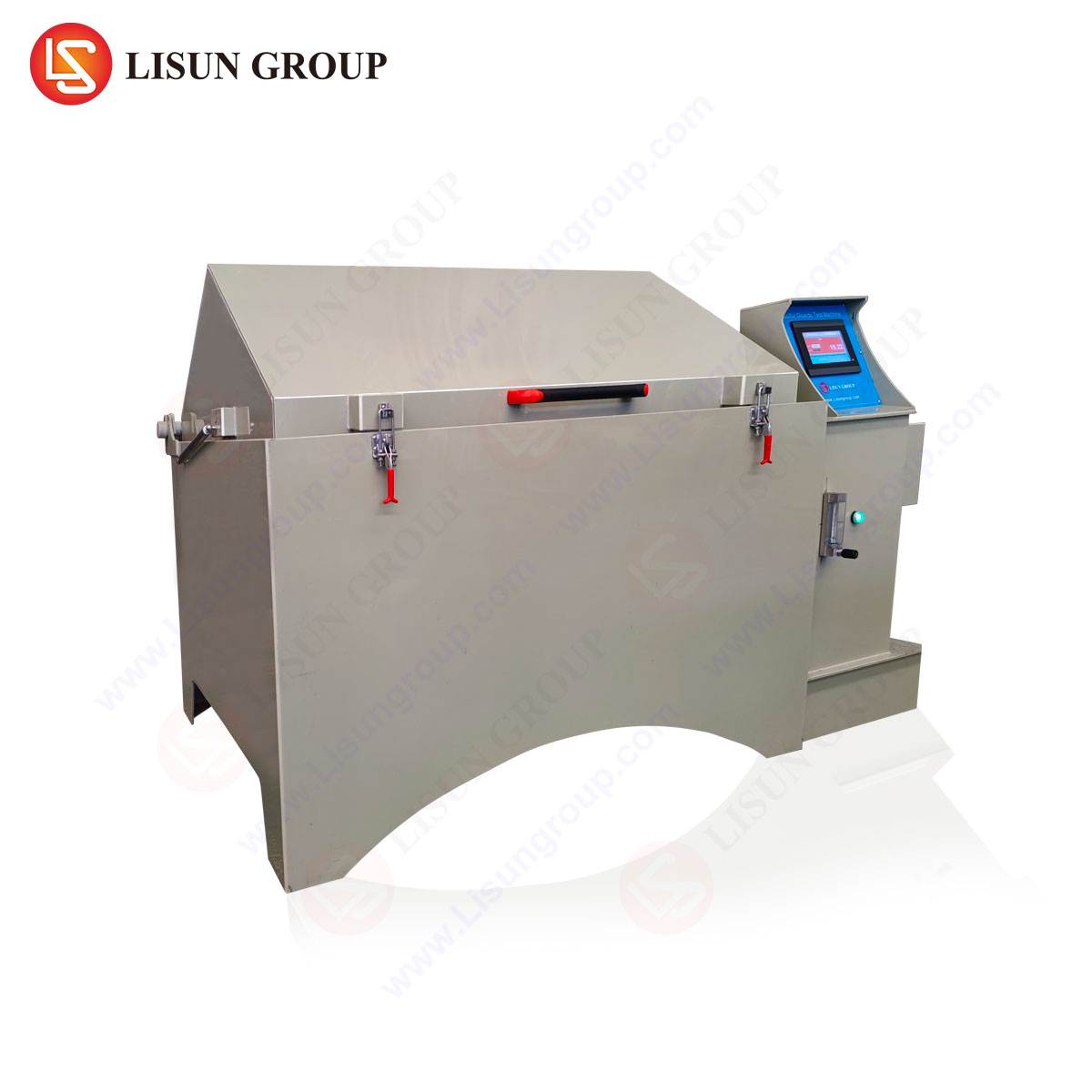Quantifying Optical Clarity: A Technical Analysis of Turbidity and Haze in Material Science
Introduction to Optical Properties in Industrial Quality Control
The quantitative assessment of optical properties is a critical component in the manufacturing and quality assurance processes across a diverse range of industries. For materials intended to be transparent or translucent, even minor deviations from specified clarity can indicate underlying issues with material composition, manufacturing integrity, or long-term durability. Two fundamental parameters, turbidity and haze, are frequently employed to characterize these optical properties. While often discussed in tandem and sometimes erroneously used interchangeably, turbidity and haze represent distinct physical phenomena with different measurement principles and industrial implications. A precise understanding of their differences is not merely academic; it is essential for ensuring product performance, compliance with international standards, and ultimate customer satisfaction. This analysis delineates the technical distinctions between turbidity and haze, elucidates their respective measurement methodologies, and explores their application within sectors such as automotive electronics, medical devices, and consumer electronics, with specific reference to integrated metrological instrumentation like the LISUN HM-100 Haze Meter/Turbidity Meter.
Fundamental Principles: Scattering Mechanisms and Light Interaction
At its core, the differentiation between turbidity and haze resides in the specific interaction of light with a material and the resultant scattering effects. Both parameters are manifestations of light scattering, but they quantify different aspects of this phenomenon.
Turbidity is defined as the reduction in transparency of a solution or medium caused by the presence of suspended particulate matter. It is a measure of the cloudiness or milkiness resulting from the scattering of light by these suspended particles. The primary mechanism is the deflection of incident light rays from their original path due to interactions with particles whose size is on the order of the wavelength of light or smaller. This scattering reduces the intensity of the transmitted light beam traveling straight through the sample. In scientific terms, turbidity is quantitatively related to the concentration of scattering particles and is often measured in Nephelometric Turbidity Units (NTU) or Formazin Nephelometric Units (FNU), which are calibrated against standard suspensions.
Haze, conversely, is a specific parameter applied to transparent or translucent solids, such as plastics, films, and glass. It is defined as the percentage of transmitted light that, in passing through a specimen, deviates from the incident beam by more than a specified angle, typically 2.5 degrees. Haze quantifies the “milky” or “frosted” appearance of a material, which is caused by wide-angle scattering from surface imperfections or internal inhomogeneities like crystallites, density fluctuations, or filler particles. Unlike turbidity, which measures the overall loss of forward-transmitted light, haze specifically measures the fraction of light that is widely scattered. A material can have low turbidity (high total transmittance) yet exhibit high haze if a significant portion of the transmitted light is diffused rather than remaining collimated.
Distinct Measurement Methodologies and Instrumental Design
The fundamental physical differences necessitate distinct instrumental approaches for accurate quantification. Turbidity measurement, or turbidimetry, traditionally relies on a nephelometer. This instrument typically uses a light source at a 90-degree angle to a detector; the intensity of light scattered at this right angle is proportional to the concentration of suspended particles. Some advanced instruments also incorporate transmission detectors to provide a more comprehensive analysis. The measurement is comparative, standardized against formazin polymer solutions.
Haze measurement requires a more complex optical arrangement. A hazemeter, compliant with standards such as ASTM D1003, utilizes an integrating sphere. The sample is placed at the entrance port of the sphere. A collimated light beam is directed onto the sample. The sphere collects all the transmitted light. A photodetector is first positioned to measure only the light transmitted within a narrow angle (the “specular” or “collimated” beam). A second measurement, or a repositioning of a light trap, allows the instrument to measure the total transmitted light, including the widely scattered component. The haze value is then calculated as the ratio of the diffusely transmitted light to the total transmitted light, expressed as a percentage.
The LISUN HM-100 Haze Meter/Turbidity Meter exemplifies a modern instrument designed to perform both types of measurements with high precision. It integrates the principles of both nephelometry and hazemetry within a single, compliant platform. Its design incorporates an integrating sphere and conforms to key standards including ASTM D1003, ISO 13468, and ISO 7021. For haze measurement on solid materials like polycarbonate covers for automotive displays or PET films used in flexible printed circuits, the HM-100 accurately quantifies the diffuse transmission. For turbidity assessment, it can be applied to liquid samples such as cleaning solvents or chemical precursors used in semiconductor manufacturing, providing measurements in NTU, with a wide range to accommodate various industrial concentrations.
Industrial Applications and Material Performance Criteria
The application of turbidity and haze testing is dictated by the material state and the critical performance requirements of the end-use component.
Turbidity in Industrial Fluids and Processes:
In the context of the specified industries, turbidity is a vital parameter for process control and quality assurance of liquids. For instance, in the manufacturing of medical devices, the purity of cleaning and rinsing solutions for components like surgical instrument housings or endoscope channels is paramount. High turbidity in a final rinse bath indicates potential particulate contamination, which could compromise device sterility and function. Similarly, in telecommunications equipment manufacturing, the clarity of dielectric fluids or optical coupling gels is critical; elevated turbidity can signal impurities that may lead to signal attenuation in fiber optic connections. The insulating oils used in high-voltage electrical components like transformers and switches are also routinely monitored for turbidity, as an increase can indicate degradation, moisture ingress, or the presence of carbon particles from arcing.
Haze as a Critical Metric for Solid Materials:
Haze is a defining quality attribute for transparent polymeric and glass components. In automotive electronics, the polycarbonate lenses covering instrument clusters, heads-up displays (HUDs), and touchscreens must exhibit minimal haze to ensure legibility and prevent driver distraction. High haze can cause a “blooming” effect around illuminated symbols, reducing contrast. For lighting fixtures, particularly those using LEDs, the haze of a diffuser panel directly affects the quality of the emitted light. A carefully controlled haze value is necessary to achieve uniform illumination without undesirable hot spots, while excessive haze can unacceptably reduce the fixture’s luminous efficacy. In consumer electronics, the haze of a smartphone’s protective glass or the transparent casing of a high-end device impacts the perceived quality and aesthetic appeal. Furthermore, for optical films used in office equipment like scanners and photocopiers, precise haze control is essential for accurate image capture and reproduction.
The Role of Integrated Metrology: The LISUN HM-100 Haze Meter/Turbidity Meter
In a manufacturing environment, efficiency and reliability are paramount. The availability of a dual-function instrument like the LISUN HM-100 provides significant advantages. It eliminates the need for separate, dedicated devices for haze and turbidity measurement, streamlining the quality control workflow. This is particularly beneficial for companies that produce both solid components and the liquids used in their production processes.
The HM-100’s specifications are tailored for industrial rigor. Its high accuracy and repeatability, with a haze resolution of 0.01% and turbidity resolution down to 0.01 NTU, ensure that even subtle material variations are detected. The inclusion of a high-stability, long-life LED light source minimizes maintenance and calibration drift. For industries such as aerospace and aviation components, where material certification requires traceable data, the HM-100’s compliance with international standards and its ability to generate detailed reports are indispensable. A manufacturer of aircraft cabin windows or cockpit display screens can use the HM-100 to verify that acrylic or polycarbonate sheets meet stringent optical clarity specifications before they are integrated into a final assembly, thus mitigating the risk of non-conformance.
Standards Compliance and Data Integrity
Adherence to established international standards is non-negotiable for ensuring that measurements are accurate, reproducible, and recognized across the supply chain. Turbidity measurements are governed by standards such as ISO 7021 (Water Quality – Determination of Turbidity), which defines the nephelometric method. Haze measurement for plastics is rigorously defined by ASTM D1003 – “Standard Test Method for Haze and Luminous Transmittance of Transparent Plastics.” This standard precisely outlines the apparatus geometry, sample preparation, and calculation method.
The LISUN HM-100 is engineered to meet these standards, providing manufacturers with the confidence that their quality data is defensible. This is critical when supplying components to OEMs in the medical device or automotive electronics sectors, where material certification documents must accompany each batch. The instrument’s software facilitates the management of calibration schedules and the archiving of test results, creating an auditable trail for quality management systems like ISO 9001.
Correlation Between Haze and Surface Roughness in Polymers
A key application of haze measurement is in correlating optical performance with surface morphology. For injection-molded or extruded polymer components used in electrical components like transparent switch covers or indicator light housings, the surface finish directly impacts haze. Micro-scale roughness on the surface acts as a diffraction grating, scattering incident light. By quantitatively measuring haze, engineers can infer the quality of the molding process, tooling wear, or the effectiveness of post-processing treatments like polishing or coating. A sudden increase in haze values for a production batch can signal a need for maintenance on mold surfaces or an adjustment to processing parameters such as temperature and pressure, enabling proactive process control before the production of non-conforming parts.
FAQ: Frequently Asked Questions
Q1: Can the LISUN HM-100 measure both the haze and the total transmittance of a plastic film?
A1: Yes, absolutely. The LISUN HM-100 is designed to measure both haze (%) and total luminous transmittance (Tt %) simultaneously, as per the requirements of ASTM D1003. This provides a complete picture of the optical properties of materials like the polycarbonate used in medical device windows or the PET films in flexible circuits.
Q2: What is the required sample size for testing solid materials on the HM-100?
A2: The instrument requires samples that are sufficiently large to completely cover the entrance port of the integrating sphere, typically necessitating a diameter greater than 20mm. For irregularly shaped components, a representative coupon of the material must be cut to an appropriate size, ensuring the test area is representative of the surface finish being qualified.
Q3: How often should the HM-100 be calibrated to maintain measurement accuracy for critical applications, such as in aerospace component manufacturing?
A3: Calibration frequency depends on usage intensity and the required level of traceability. For most industrial quality control environments, an annual calibration using certified reference standards is recommended. In high-criticality applications or under intensive use, a semi-annual calibration schedule may be prudent. The instrument’s software can track calibration status and prompt users when service is due.
Q4: Is the HM-100 suitable for measuring the turbidity of colored liquids, such as dyed solvents used in certain electronic manufacturing processes?
A4: The HM-100 utilizes an infrared LED light source for turbidity measurement, as specified by ISO 7021. This design minimizes interference from the color of the sample, making it suitable for measuring turbidity in mildly colored liquids. However, for intensely colored solutions that significantly absorb light at the near-infrared wavelength, the measurement accuracy may be affected, and method validation against a reference is advised.






